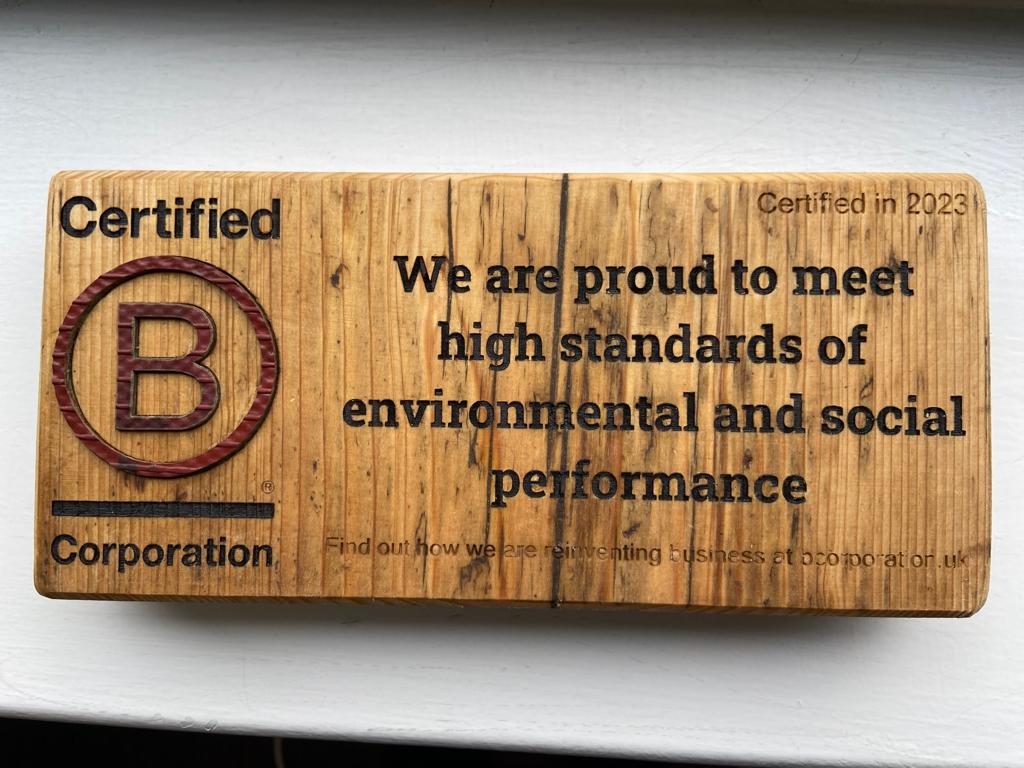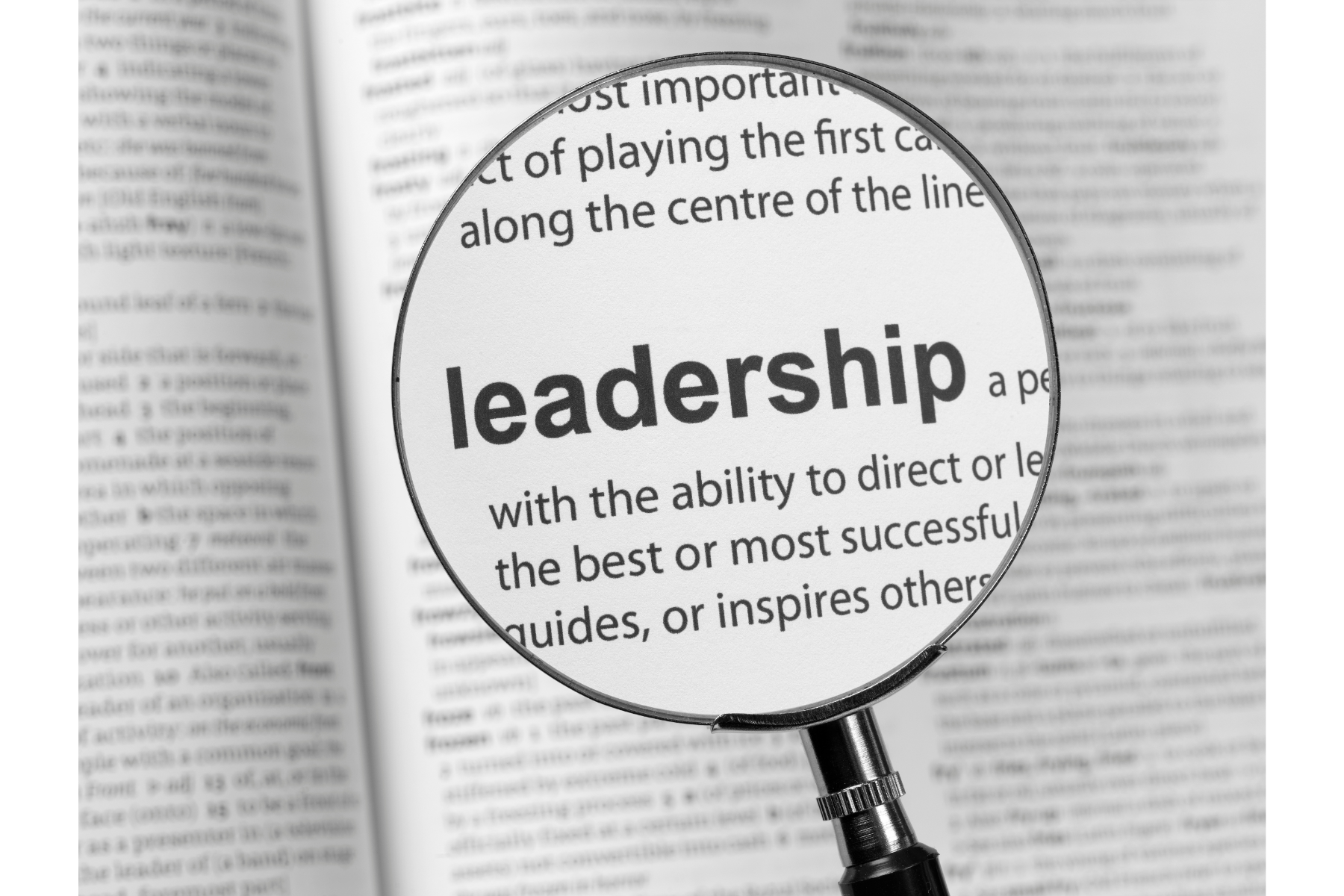International Women’s Day is a global day aimed at celebrating the social, economic, cultural, and political achievements of women, and the theme this year is #EmbraceEquity.
Although we are well into the twenty-first century, sadly, women remain under-represented in leadership teams across the UK and the rest of the world. According to the World Economic Forum's Global Gender Gap Report 2022, it will take another 132 years to close the global gender gap.
The same study found that whilst the share of women hired into leadership roles has seen a slow but steady increase (from 33.3% in 2016 to 36.9% in 2022) women have not been hired at equal rates across industries. On average, more women have been hired into leadership roles in industries where women were already highly represented.
Gender diversity is essential in the workplace. Not just because it's a laudable goal; it simply makes bottom-line business sense with research consistently showing that a more balanced representation of women in top leadership positions produces better financial results.
Female role models are key to gender equality with a woman’s ability to picture herself as a manager or leader being affected by whether other women hold those positions. As Billie Jean King once said,
“You have to see it to be it.”
We know that positive female role models have a heightened benefit for women due to the gender biases, institutional barriers and negative stereotypes they have long had to deal with across a range of sectors and industries. Role models help to represent what is possible, inspire women to be more ambitious and show the mindset, behaviours and values that are needed to progress.
Research by InHerSight in 2021 found that:
- 84 percent of women say it’s important or very important to see women in leadership roles in their workplace
- 78 percent of women say it’s important or very important to see women performing the same work as them
- And 54 percent of women say they have a female role model at work.
McKinsey’s Women in the Workplace Report 2022 suggested that one of the main reasons for under-representation of women in leadership is due to the “broken rung at the first step up to management”. However, reassuringly on our LEADlight program for ‘middle leaders’ which has been running since 2019, almost a third (32%) of participants are female and it’s a similar theme that’s emerging through our senior leadership programs with women making up over half of those undertaking our GAIN™ and MBA programs and 40% on our GOLD™ program.

LEAD™ is the first step in the series of our leadership programs and we know from bench-marking against recent research that we have over a third more ladies than those on typical national programs, which is great, but it’s still a long way from being 50/50.
Another challenge can be ‘imposter syndrome’ or a lack of self-belief, and many of the women we first speak to about leadership often don’t have the confidence to see themselves in that role, even though they are, invariably, already leading and growing business. Unlocking this confidence comes through reflection, collaboration and support.
.png?width=800&height=418&name=Jenny%20Howard%20(2).png)
We see it first-hand on our leadership programs where, by bringing together peers from other companies to learn, share, reflect and support one another as they work on real life business issues, they feel better equipped, and more confident, to deal with whatever is thrown at them. They #InspireBelief in one another.
|
If you would like to learn more about our LEAD™ program for owner-managers, directors and senior managers, please get in touch with Jo Draper here. Our next LEAD™ program starts on 19th and 20th April. Don't miss out! |




